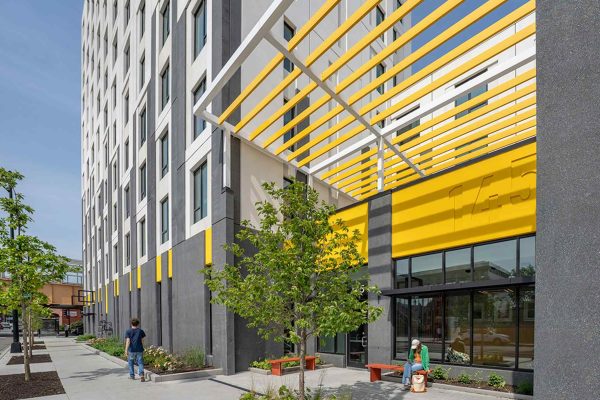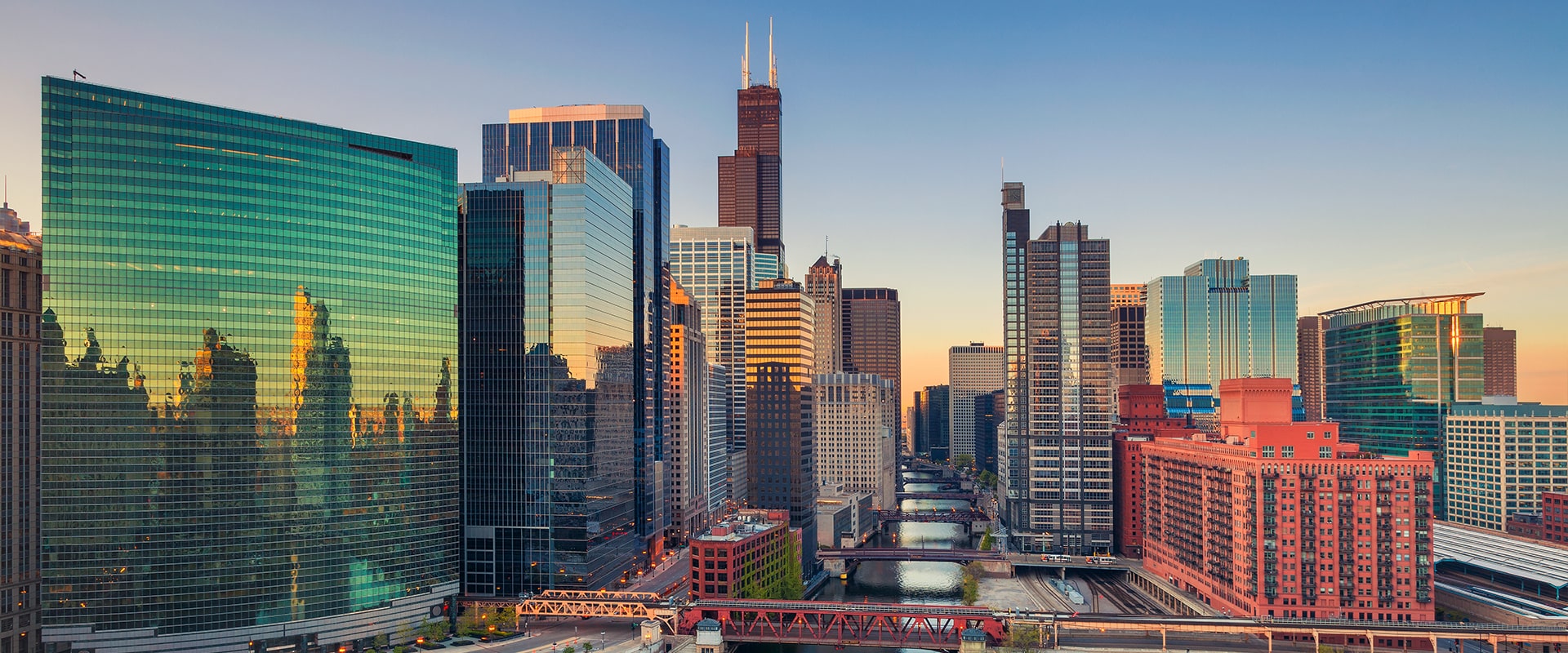Beyond the Bottom Line: How Sustainable Design is Redefining Affordable Housing
The convergence of climate resilience, energy affordability, and public health is fundamentally reshaping affordable housing development. As architects, developers, and policymakers abandon the false economy of lowest upfront costs, they’re embracing a lifecycle approach that prioritizes sustainable materials and superior thermal performance. From innovative concrete alternatives and recycled steel to hemp-based insulation and mass timber construction, coupled with high-performance fenestration systems, the sector is proving that true affordability extends far beyond initial construction budgets.
Consider Westhaven Park Station in Chicago, a 12-story, 96-unit transit-oriented development positioned strategically adjacent to the CTA Damen Green Line. This mixed-income community exemplifies the integration of sustainable design with accessibility, featuring high-performance building envelope strategies that optimize energy efficiency and resident comfort. Its thoughtful layout, including retail on the ground floor, covered parking, a second-floor terrace, and windows with industry-leading U-factors, maximizes both long-term thermal gains and quality of life.
This momentum is evident across multiple markets and project scales. Affordable housing developments nationwide are increasingly adopting Passive House principles, implementing airtight building envelopes, sophisticated heat recovery systems, and premium windows and doors that dramatically reduce energy consumption. Pittsburgh’s Fifth & Dinwiddie West project exemplifies this trend, utilizing Passive House design standards in a mixed-use, mixed-income development to slash operational energy by up to 70%. In New York City, the Via Verde complex in the Bronx showcases how integrated green infrastructure, including extensive green roofs and strategic sun-shading, can reduce heat gain while enhancing thermal performance and resident well-being.
Meanwhile, New York City is preparing to launch its largest mass timber affordable housing project on Staten Island, leveraging engineered wood construction to reduce embodied carbon emissions while accelerating construction timelines. This project represents a significant scaling of sustainable construction methods in the affordable housing sector.
These developments illustrate a fundamental shift in how the industry defines value and success. Sustainable materials and optimized thermal performance are no longer premium add-ons but essential components of equitable, resilient housing infrastructure. From local innovations like Chicago’s Westhaven Park Station to emerging technologies in mass timber construction, the movement toward bio-based, recycled, and performance-driven building practices is delivering affordable homes that operate more efficiently, provide healthier indoor environments, and cost less to maintain over their operational lifespan.
As this approach gains broader adoption among developers and policymakers, it’s creating more than individual buildings, it’s establishing the foundation for climate-smart communities designed to thrive in an uncertain environmental future. The integration of sustainable materials with high-performance thermal design represents both an environmental imperative and an economic opportunity, proving that responsible development and housing affordability can advance together rather than in opposition.


